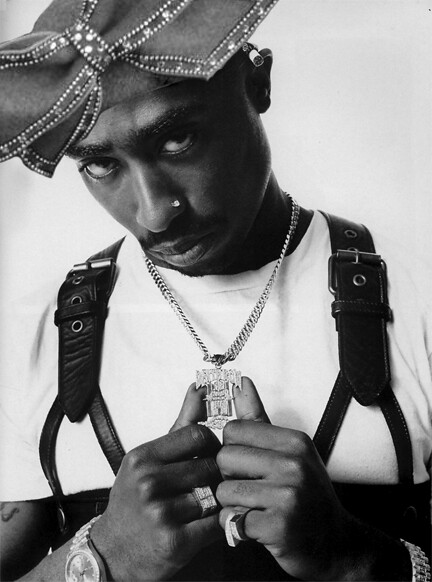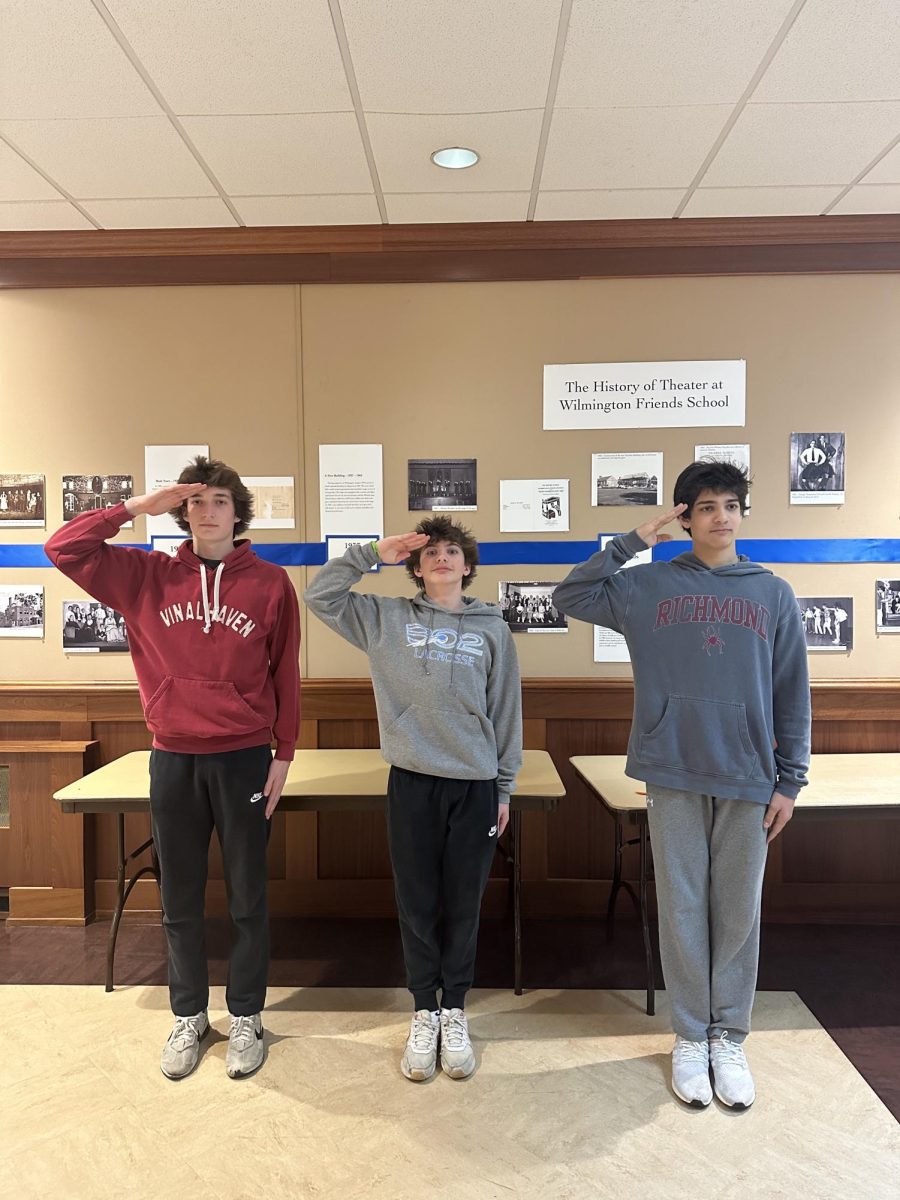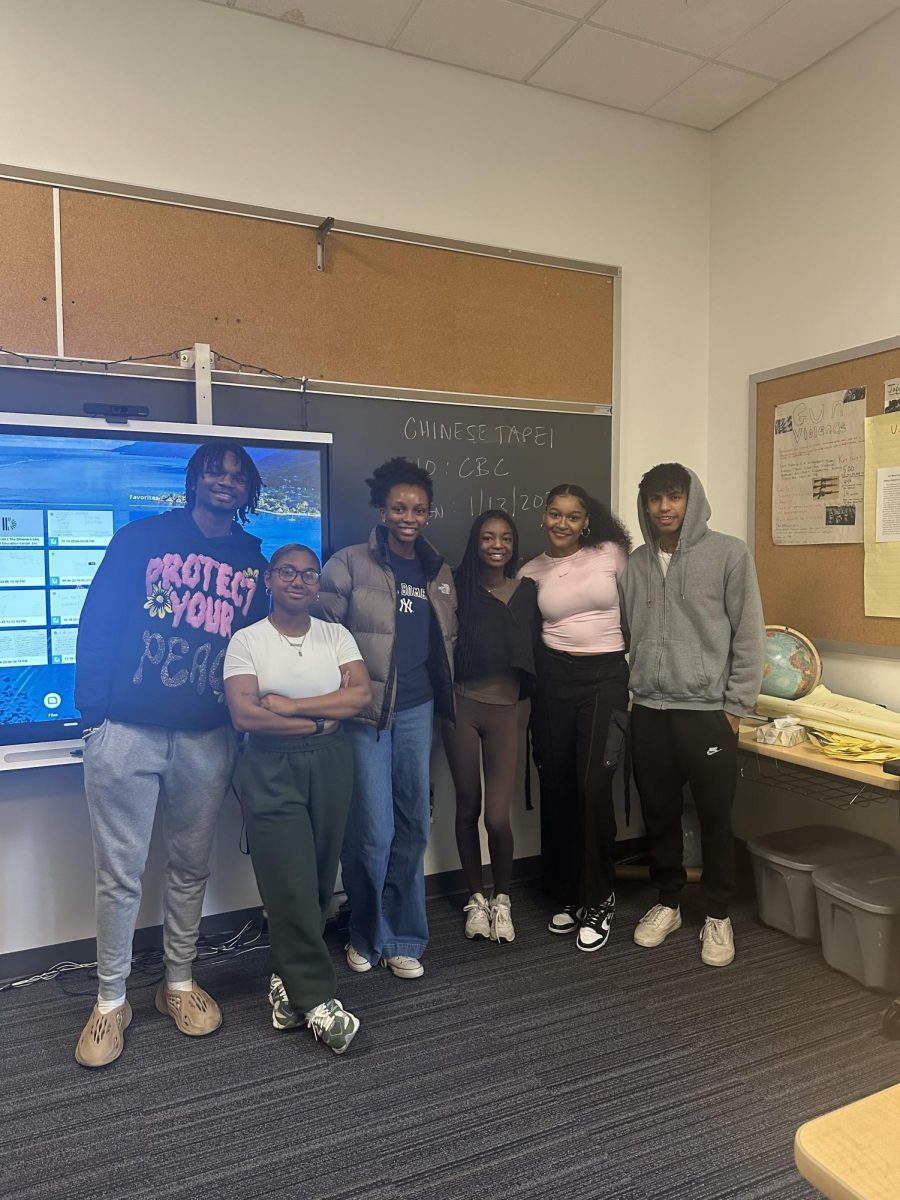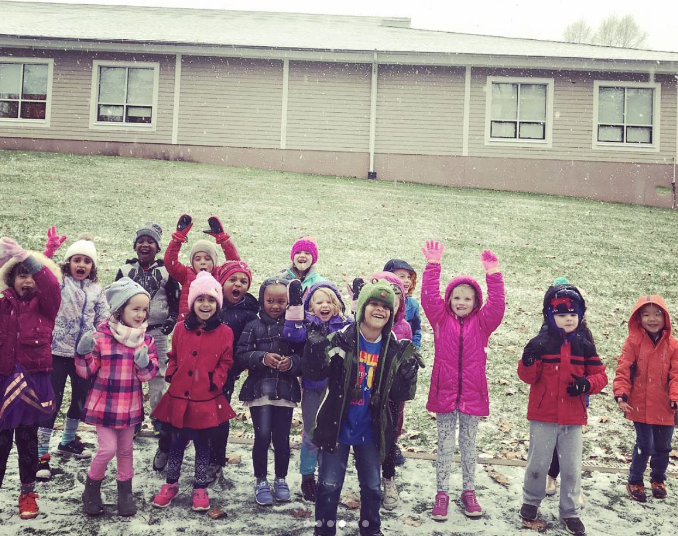Women’s Violence Addressed in India
Homecoming 2013
On December 16, 2012, Jyoti Singh Pandey, a twenty-three year old physiotherapy student, was raped and beaten aboard a private bus in New Delhi, India. Six young men instigated the rape, using an iron rod and other lethal instruments. After completion of the rape, the six men threw Pandey and her male friend off the bus, onto the highway leading to the international airport. Two weeks later, Pandey died of severe injuries inflicted by the assault. The rape of Jyoti Singh Pandey sparked outrage across India, and around the world, demanding an answer to the question, “Why are women so vulnerable to sexual assault in public places in India and around the world?”
On September 13, 2013, four of the six men convicted in the disturbing rape and murder of Pandey were sentenced to death by hanging. Of the two men remaining, one of them was found dead in his jail cell, and the other was sentenced to three years in juvenile prison, the maximum sentence for anyone under eighteen.
The four convicted to death, Vinay Sharma, Akshay Thakur, Pawan Gupta, and Mukesh Singh, all deny the charges being presented against them. All four of these men can and will appeal to India’s High Court, the Supreme Court, and even the President, in a plea for the sparing of their lives.
Before the rape that sparked outrage around the world, most reports of sexual harassment were dismissed as “eve-teasing.” The government, responding to the anger surrounding the Delhi gang rape, introduced new laws for sex crimes and offenders almost immediately. The government implemented a way for cases involving sexual harassment and rape to be heard faster in court. It also introduced new laws into the justice system, criminalizing acts like voyeurism, stalking, and rape into capital crimes. Despite these legal measures, the number of rapes reported continues to increase. This is in part because most women are no longer afraid to speak up if they have been sexually harassed. In a recent survey given by the United Nations, nine out of ten women admit to being sexually harassed in a public place in New Delhi. In a study published last year, a woman is raped every twenty-two minutes in India. This level of brutality is caused by the caste system in India, the large gender bias, and a huge disparity in income levels.
Vrinda Grover, a New Delhi based human rights lawyer, who appeared before an Indian governmental committee earlier this year in order to provide recommendations on how to ameliorate the Indian legal system towards sexual assault, believes that there is an institutional, sexist bias against women in India. A statement made by a sitting judge in a high court regarding the December 16 gang rape demonstrates these misogynistic attitudes. His response was simply, “Why was she out at 9 p.m. in Delhi?” In an interview in September, on a National Public Radio talk show, Vrinda Grover talked about how she does not think the death penalty will have much effect in preventing the rapes and other violence against women: “The death penalty does not create deterrence. What the death penalty does is that it distracts both society as well as the state from creating systemic changes.”
When asked if he believes the death penalty is the right verdict, Upper School history teacher Donald Morton said, “No matter the verdict, there really couldn’t be a positive outcome. Couple this with the fact that the death penalty was given as a verdict, this seems to be a rather clear, and perhaps disappointing, example of humanity’s ever-complicated relationship with violence.”
Despite the groundbreaking changes in Indian law regarding sexual harassment, there is still a long way to go. The legal case for the men involved in the brutal rape and murder of Nirbhaya is seen in isolation. There are no special public prosecutors appointed for all future rape trials. There is no better understanding and jurisprudence regarding the crime of rape in India. In March of 2013, a Swiss tourist was raped while camping in the Indian countryside with her husband. In April of 2013, two young girls were kidnapped, raped and murdered in New Delhi and central India. In June of 2013, an American tourist was gang raped near Manali, India. The rape culture in India needs to change in order for the violence against women to end.





















